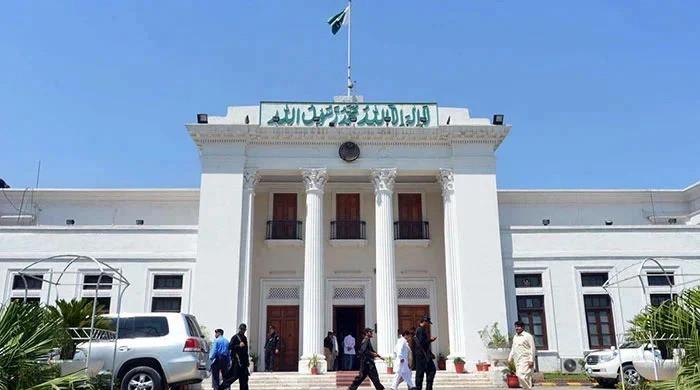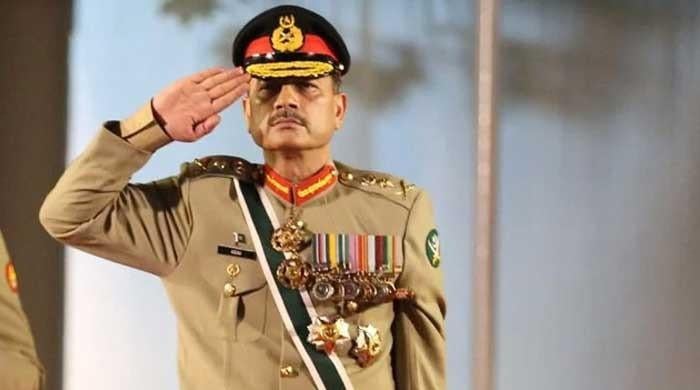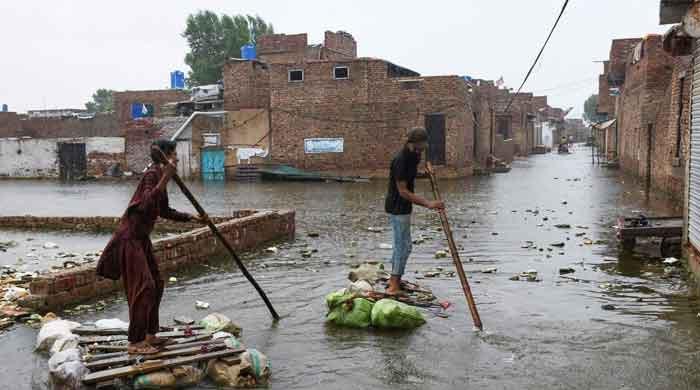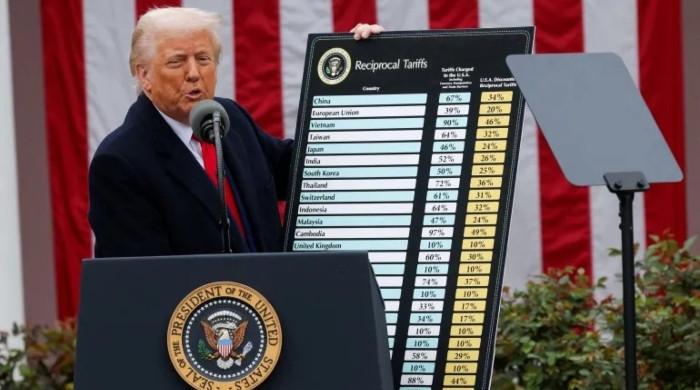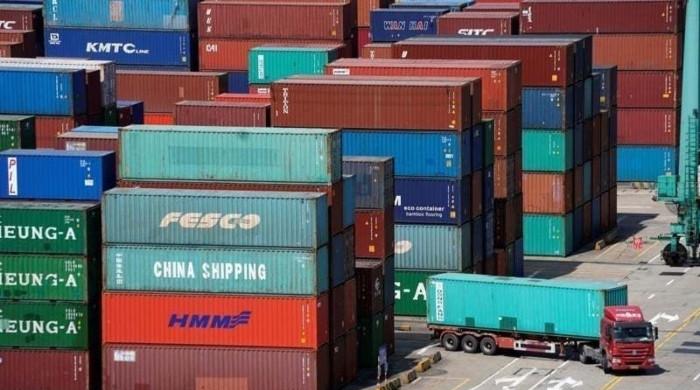On July 13, we all lost
'What the media did was wrong, but what was done to the media is also worth condemning'
July 19, 2018
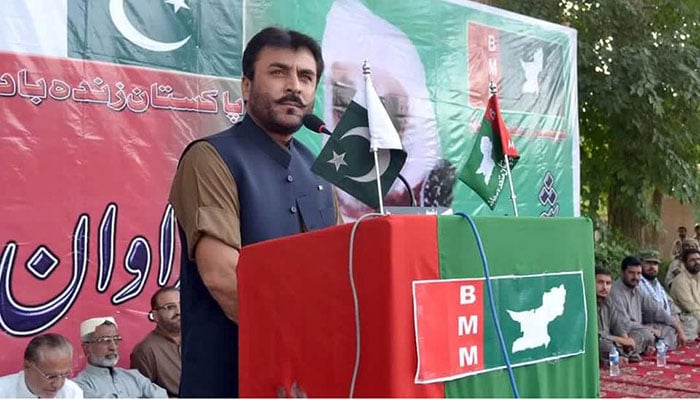
He began his final speech with the Lord’s name, “Bismillah” (In the name of God). On that afternoon, the sun was blazing down and the heat suffocating the air, and yet, people kept coming, dozens upon dozens. They all wanted to hear him speak. The Friday prayers had just concluded and in order to dodge the scorching sunlight, many took cover under the stretched canopy.
He was looking directly at them, at the expansive crowd. Taking a deep breath, he continued, “O brave people of Balochistan…” But just then, his words were cut short, drowned out by the deafening sound of the blast. The political gathering was now a slaughter-house. Bodies, bloodied and lifeless, lay strewn on the ground. And amongst them, the injured and the dead, was the speaker himself, Mir Siraj Raisani.
In July 2011, Raisani lost his 14-year-old son, Mir Haqmal Raisani, in a terrorist attack. The grief was overwhelming, but he channelled it into anger by openly challenging militant groups and their facilitators. Thereafter, he founded an organisation, Balochistan Muttahida Mahaz. In its very first meeting, he unfurled a large green and white flag on August 14 last year. Perhaps this one act is what the enemies found most disturbing. And perhaps since then, he became a marked man.
Earlier this year, he merged his organisation with the newly-formed Balochistan Awami Party (BAP). His friends warned him. They warned him not to commit the political mistake, but he went ahead anyway and was the BAP candidate from PB-35. Where Raisani was conducting his hustings are considered the hub of anti-Pakistan elements. Yet, he was everywhere, with Pakistan’s flag held tightly in his hand.
For him, this was not merely a political fight, but a national one. His country was at war with the enemy. The same enemy who finally managed to kill him in a cowardly attack.
When the news of the bombing hit the TV screens, I was on my way back to Islamabad from Peshawar, where I had visited Haroon Bilour’s house, an ANP leader who was killed in a suicide attack a few days earlier. I offered my condolences to Haji Ghulam Ahmad Bilour and Ilyas Ahmad Bilour before heading back to the capital. (Between the two bombings, Akram Durrani of the JUI-F was also targeted, but thankfully he escaped unhurt).
While I was near Swabi, we got stuck in a traffic jam. Cars of all sizes were heading to Lahore to welcome the former president of the PML-N, Nawaz Sharif. All around me were thousands of people. It took me half and hour to wriggle my way out onto a clear road. Just then a friend called from Quetta and relayed the tragic news. My heart sank. The news took me back to when Raisani’s son and his father, Ghous Bakhsh Raisani, were killed.
I rushed back to work and searched frantically for a news channel that was broadcasting updates from Mastung. But there were none. TV anchors and hosts only spoke breathlessly about Sharif’s homecoming.
Some visuals showed PML-N leaders climbing on top of shipping containers. That scene alone reminded me of 2014, when the same party termed anyone who tried to mount a container as the enemy of democracy. Nonetheless, it was their democratic right to peacefully welcome their leader. Ironically, the interim government used the same tactics against the PML-N that they, when in power, had used against the PTI and PAT.
There, for a brief second, I saw it. Below visuals of clashes and celebrations ran a small ticker in red, “five killed in a blast.” Then the news came. Raisani was no more, but just as quickly it disappeared. I made a few calls to reporters in Quetta and Mastung. The bulletins were still declaring the death toll to be around 20, but my contacts told me it had already crossed a 100. On the other hand, I was being convinced to join Geo’s special transmission. With a heavy heart, I agreed. When the media increased the death toll to 40, I appealed to all TV channels, live, to pay more attention to what is happening in Balochistan. Even if it meant taking away 20 per cent of the coverage from Sharif.
At the time of publishing of this report, 149 people are dead and 186 wounded. Everyone lost on that day. Pakistan’s media became Punjab’s media. What the media did was wrong, but what was done to the media is also worth condemning. Security agencies misbehaved and threatened working reporters who had been sent to cover Nawaz Sharif and his daughter’s arrival. Journalist Munizae Jahangir tried to film the mishandling via her phone, but had to put it away after a guard took out his gun.
It was a flagrant violation of the people’s democratic rights. I was under the mistaken impression that the caretaker chief minister of Punjab, Dr Hasan Askari, a former academic, will take notice of the police misconduct. But he didn’t.
They say history repeats itself, and even when it does we refuse to learn from our past. If July 13 will go down as a dark chapter, then it will only be placed next to June 17, 2014, when the Punjab police shot at PAT protesters or November 7, 2007, when Musharraf clamped down on the media.
Sharif is back and currently lodged in Rawalpindi’s Central Jail. Two corruption references are pending against him. Back in the day, the IJI was formed and Sharif was appointed its head. Today, it seems Imran Khan will be heading his own IJI.
May God have mercy on us.
Hamid Mir is a senior journalist and host of Geo News' show Capital Talk.
Note: The views expressed in the article are those of the author, and do not necessarily reflect the official policy or position of Geo News or the Jang Group.




